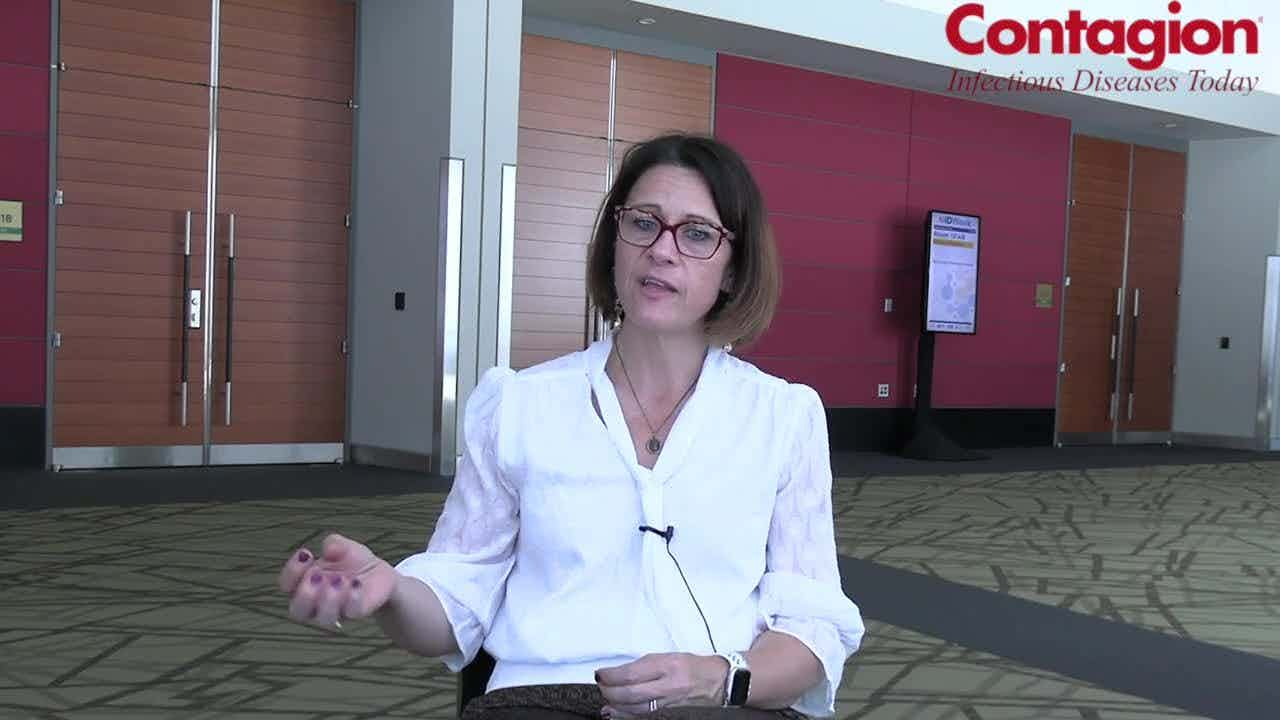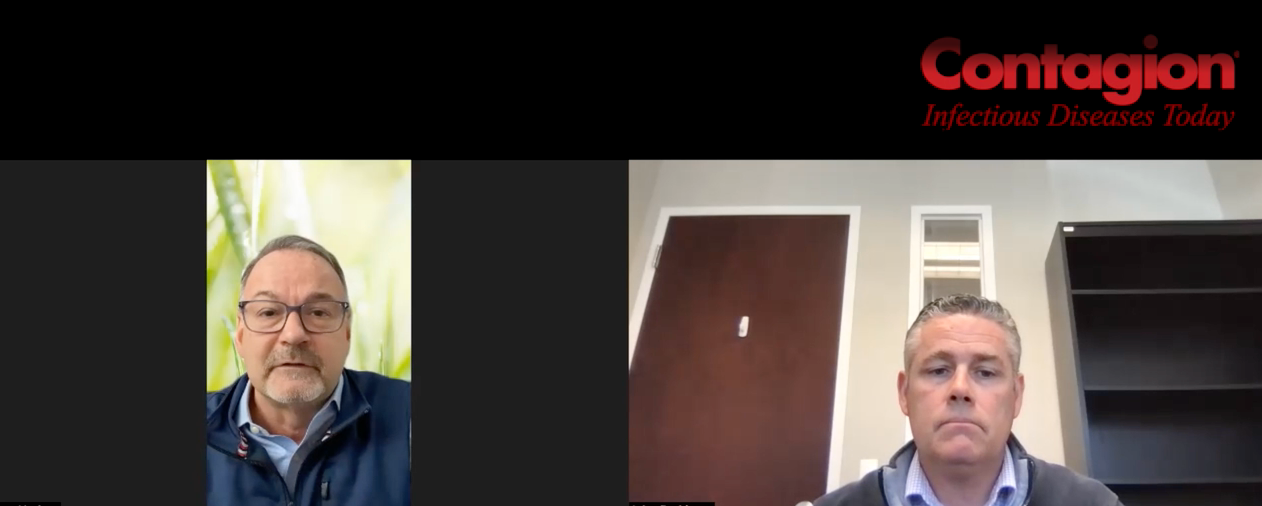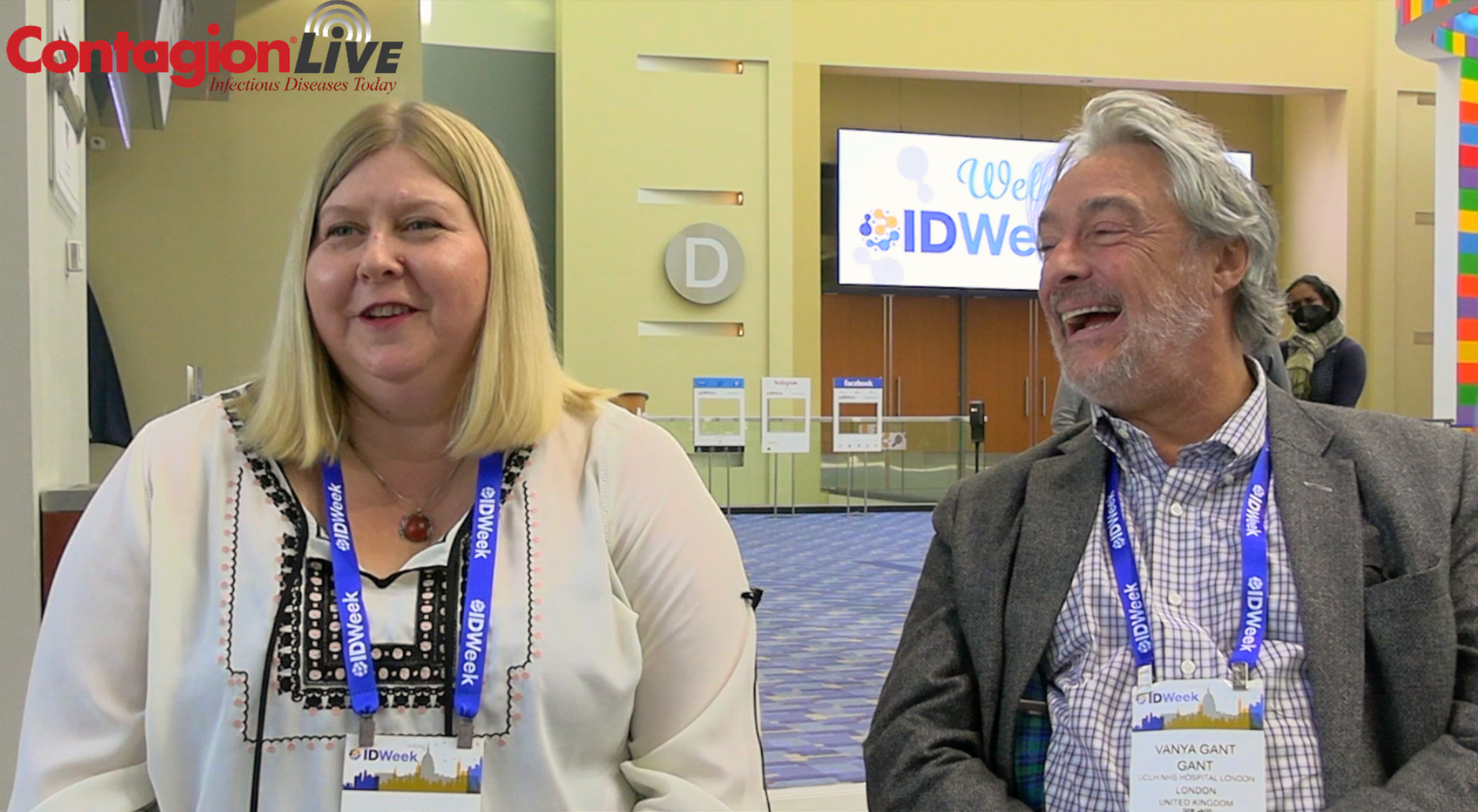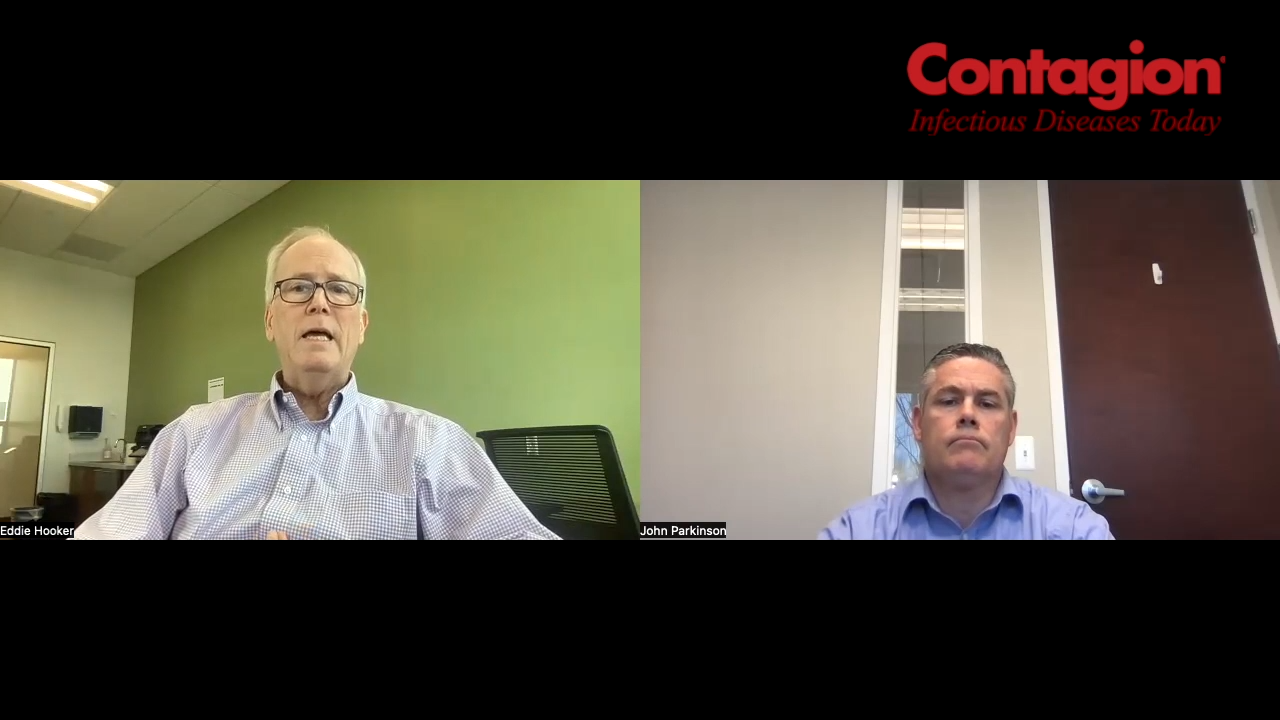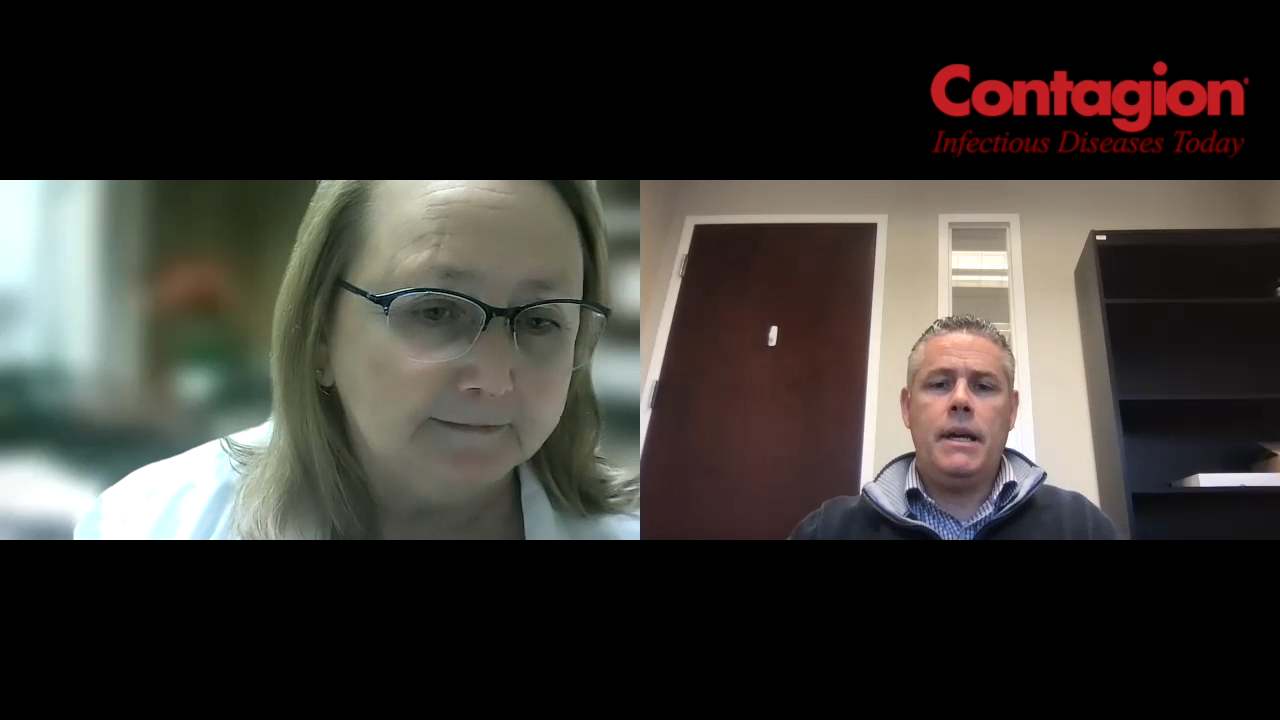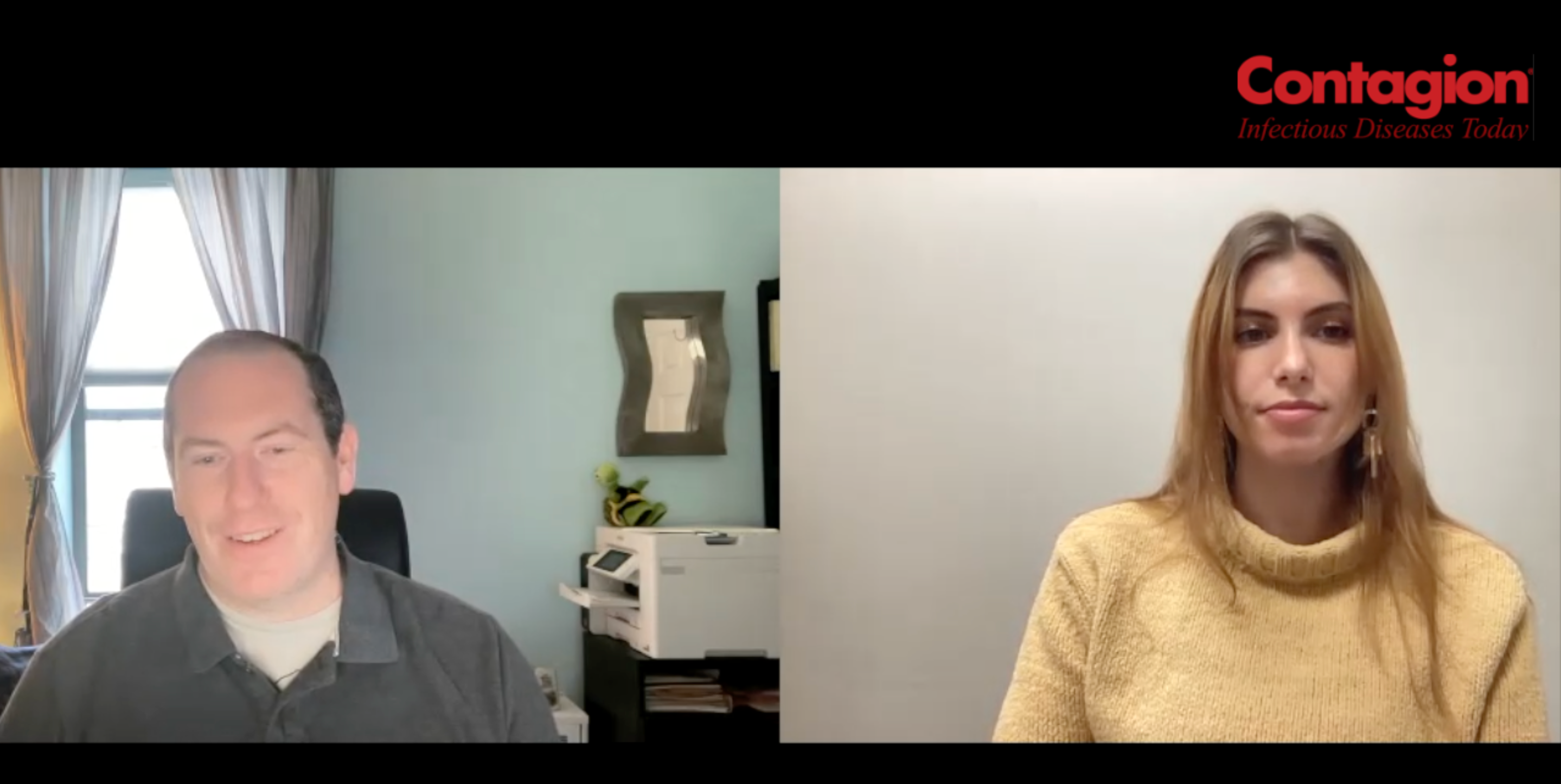Combination Therapy Key to Treating Invasive Candida auris Infections
It’s become a serious global health threat, and now a new study investigating 9 cases of Candida auris infections in Brooklyn highlights the importance of quickly identifying these fungal infections.
Candida auris infections have emerged to become a top infectious disease concern for 2019, and now a new study describes the 9 cases of C auris fungemia that have occurred at an institution in New York’s Brooklyn borough.
Since its first detection as a human pathogen in 2009, the C auris fungal species has become a serious global health threat and in 2018 become a nationally notifiable disease with the US Centers for Disease Control and Prevention (CDC). As of January 22, 2019, there was a clinical case count of 551 C auris infections in the United States, along with 975 patients found to be colonized with the fungus. A new study published in the CDC’s Emerging Infectious Diseases details 9 cases of C auris fungemia, which occurred at a 300-bed community hospital connected to a 450-bed nursing home facility in Brooklyn.
“The main issue with C auris is really identification,” explained study author Jenny YeiSol Park, PharmD, in a recent interview with Contagion®. “Many of the smaller community hospitals do not have the technology to identify C auris in a timely manner. With the delay, health care providers who come across positive patients may come into contact and unknowingly spread to others.”
The 9 cases occurred at the facility from 2016 to 2018, and the patients ranged in age from 54 to 80 years of age, with 7 of the of the patients aged 70 years or older. Most of the patients came from nursing homes and had invasive devices, such as tracheostomies or percutaneous endoscopic gastrostomy tubes, which the investigators note placed them at high risk for infection at baseline. In each case the patient had recently used a broad-spectrum antimicrobial drug such as meropenem, polymyxin B, and vancomycin and most of the patients had concomitant resistant organisms including Acinetobacter sp, Pseudomonas aeruginosa, and Klebsiella pneumoniae isolates.
Although 60% of the patients arrived at the hospital with a blood culture positive for C auris, the remainder developed the infections during the course of prolonged hospital stays. Each patient received micafungin as first-line therapy for an average of 22 days, typically in a dosage of 100 mg per day administered intravenously. Of the patients, 2 did not respond to micafungin treatment and required liposomal amphotericin B for an average of 19 days, 1 of whom had a second episode of C auris fungemia. Overall the average time of hospitalization was 65 days and in-hospital mortality rate among these patients was 22%. In addition, 3 of the 7 patients who were discharged went into palliative care service.
C auris is often multidrug-resistant and in the current study all isolates showed marked resistance to fluconazole, and about 40% were resistant to liposomal amphotericin B. Dr. Park noted that the biggest takeaway of the study is the importance of rapidly identify patients with risk factors for C auris, although the investigators note that limitations among laboratories may prevent the timely identification and susceptibility testing of C auris, and health care providers may at times need to rely on local or national epidemiology trends.
For now, it is important that clinicians work to identify and minimize risk factors for C auris acquisition and prevent its spread. “From my previous experience, there are some initiatives for decolonization in nursing home patients in preventing C auris,” said Dr. Park. “The caveat was whether or not we would decolonize all patients or those with just risk factors.”











